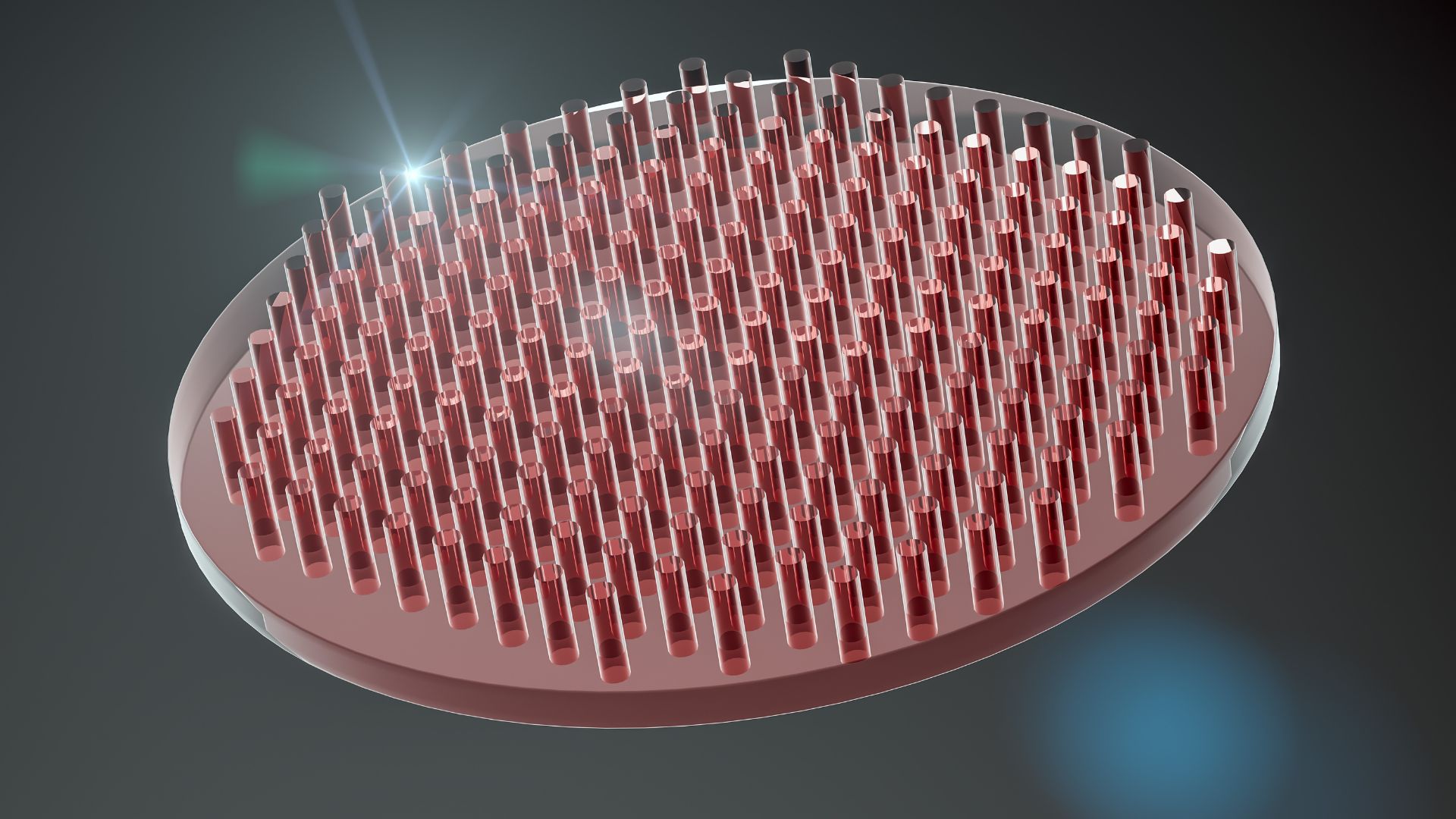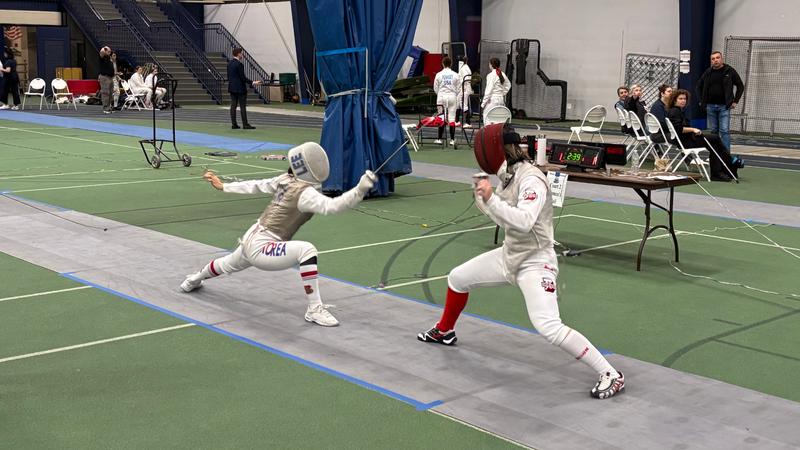Madison, NJ (11/1/2025)- Denison women’s fencing finished day one of the Drew Invitational with a record of 5-1,…
Author: admin
-

Garmin integration is rolling out for Oakley Meta HSTN and Ray-Ban Meta
What you need to know
- Meta is bringing Garmin, Strava, and Health Connect integrations to older pairs of its smart glasses.
- Ray-Ban Meta Gen 1, Ray-Ban Meta Gen 2, and Oakley Meta HSTN are all getting the boost, including the Autocapture with…
Continue Reading
-

Fortnite leaks: Rumored Harry Potter Battle Pass, Possible release date and What to expect | Esports News
The Fortnite community is buzzing with excitement following recent leaks suggesting that a Harry Potter collaboration is reportedly in the works. According to reliable data miners, the collaboration is set to take place as part of the upcoming…
Continue Reading
-

Leicester City Women 1 – 4 Women – Match Report
We extended our winning run in all competitions to three matches with a dominant 4-1 victory over Leicester City at the King Power Stadium.
Alessia Russo netted the opening goal, finishing off a fine team move, before a Sari Kees own goal and a…
Continue Reading
-

OnePlus 15 and Ace 6 debut in China, Moto Edge 70 is official, Week 44 in review
OnePlus finally unveiled the long-awaited OnePlus 15 alongside the Ace 6. Both are official and selling in China and will become globally available (the Ace 6 will be called the OnePlus 15R) on November 13.
The OnePlus 15 has a 6.78-inch…
Continue Reading
-

Soft, flexible material that can perform complex calculations developed
Researchers at FOM Institute for Atomic and Molecular Physics (AMOLF) in the Netherlands have developed a new type of soft, flexible material that can perform complex calculations, much like computers do matrix-vector multiplications.
Unlike…
Continue Reading
-

$950M Sequoia Capital Fund Aims To Back Next Amazon Of AI Era With Early-Stage Startup Investments Across Globe
Sequoia Capital announced on Monday two new early-stage funds worth a combined $950 million, aimed at backing young startups worldwide building technologies that could evolve into the next Amazon (NASDAQ:AMZN) of the AI era.
The new funds include a $750 million venture vehicle for Series A companies and a $200 million seed fund, according to TechCrunch. The launch comes amid an industry-wide rush toward artificial intelligence and follows two turbulent years for the firm.
Sequoia Capital Partner Bogomil Balkansky said the company’s strategy remains grounded in identifying exceptional founders with bold ideas. “Markets go up and down, but our strategy remains consistent,” he told TechCrunch, describing Sequoia’s goal to build companies that can endure across generations.
Don’t Miss:
Sequoia Capital faced substantial headwinds over the previous three years. The firm sustained a documented loss exceeding $200 million when cryptocurrency exchange FTX collapsed in late 2022, according to media reports. Additionally, Sequoia Capital separated its India and China operations in 2023 following a structural reorganization.
Prior to those developments, the venture company structured its portfolio operations in 2021 into an evergreen primary fund supplemented by strategy-specific subsidiary funds. This architecture enables Sequoia Capital to maintain equity positions in portfolio companies following initial public offerings, TechCrunch reported.
Sequoia Capital has historically achieved recognition for early-stage investments in now-dominant technology companies. The firm backed Airbnb (NASDAQ:ABNB), Google, Nvidia (NASDAQ:NVDA), and Stripe during their founding phases, a track record that informs the company’s current investment thesis regarding AI startups..
Trending: Microsoft’s Climate Innovation Fund Just Backed This Farmland Manager — And Accredited Investors Can Join the Same Fund
“Our ambition has always been and continues to be to identify these founders as early as possible; to roll up our sleeves and be a very active participant in their company-building journey,” Balkansky told TechCrunch.
The company recently deployed initial capital into three companies that subsequently raised funding at substantially higher valuations, TechCrunch reported.
Continue Reading
-

Alarming surge in memory problems among young adults
- Self-reported cognitive disability among U.S. adults increased from 5.3% to 7.4% over the past decade.
- Rates nearly doubled for younger adults ages 18 to 39.
- The steepest increases occurred among people with lower incomes and less…
Continue Reading
-
Hydro-Mix Rugged Flush Mounted Microwave Moisture Measurement Sensor for Mixers & Conveyors
The Hydro-Mix sensor offers a choice of measurement modes for optimising the sensor performance for sand, aggregates, concrete and other similar materials. The sensor is designed to be fitted flush within a mixer, screw conveyor (auger) or in a…
Continue Reading
-
Huskies dominate Thunderbirds to punch ticket back to BioSteel Hardy Cup
SASKATOON – Ryker Frank and Daniel Wiebe combined for 256 total yards while the Saskatchewan defence limited the visiting UBC Thunderbirds to just 258, as the Huskies cruised to a 26–7 semifinal victory to earn a…
Continue Reading
